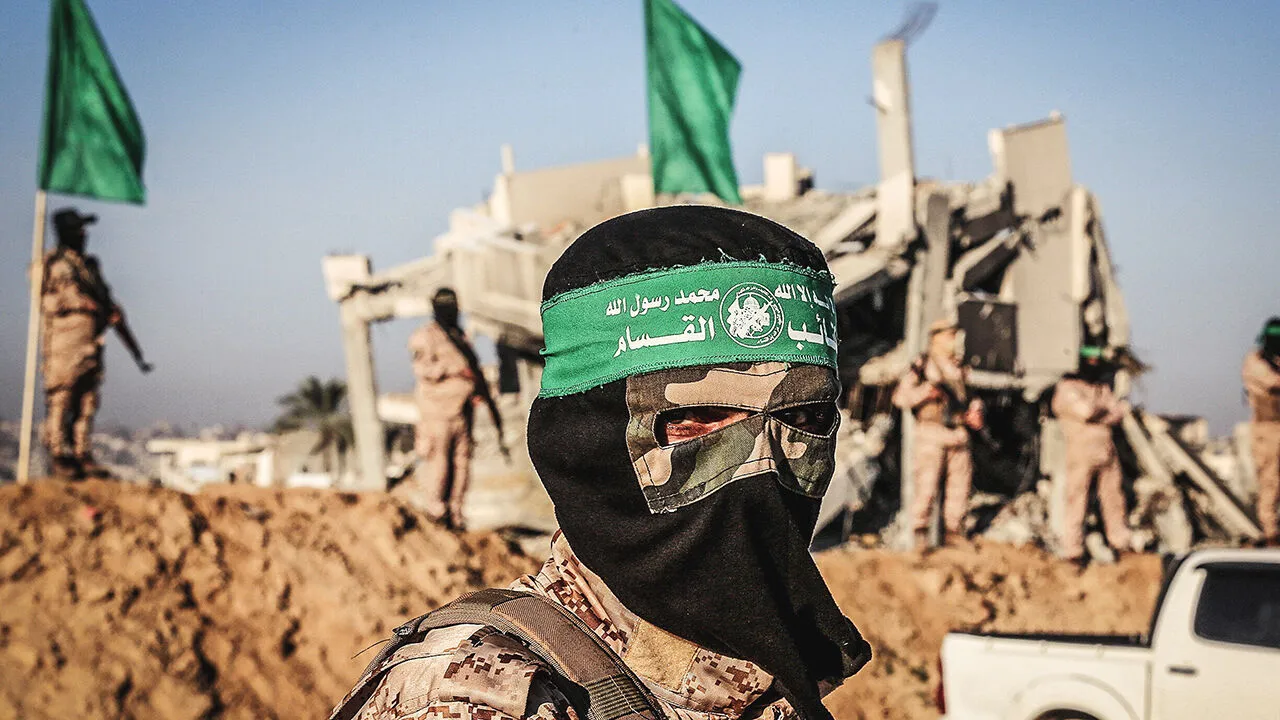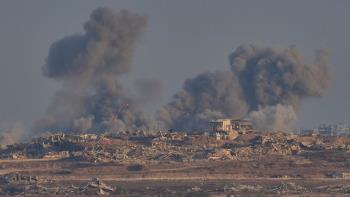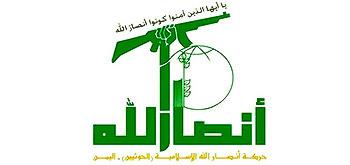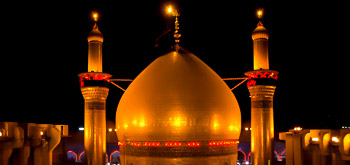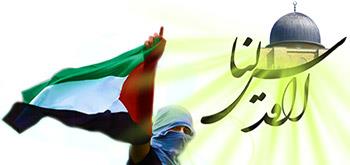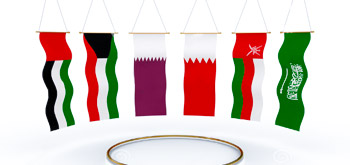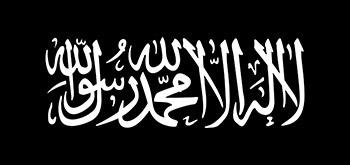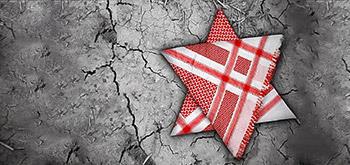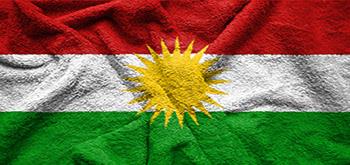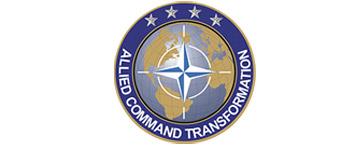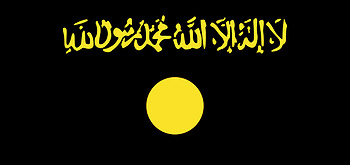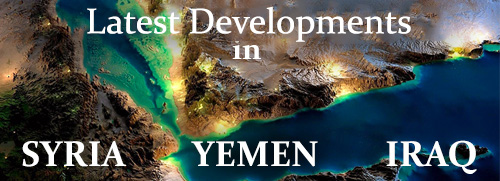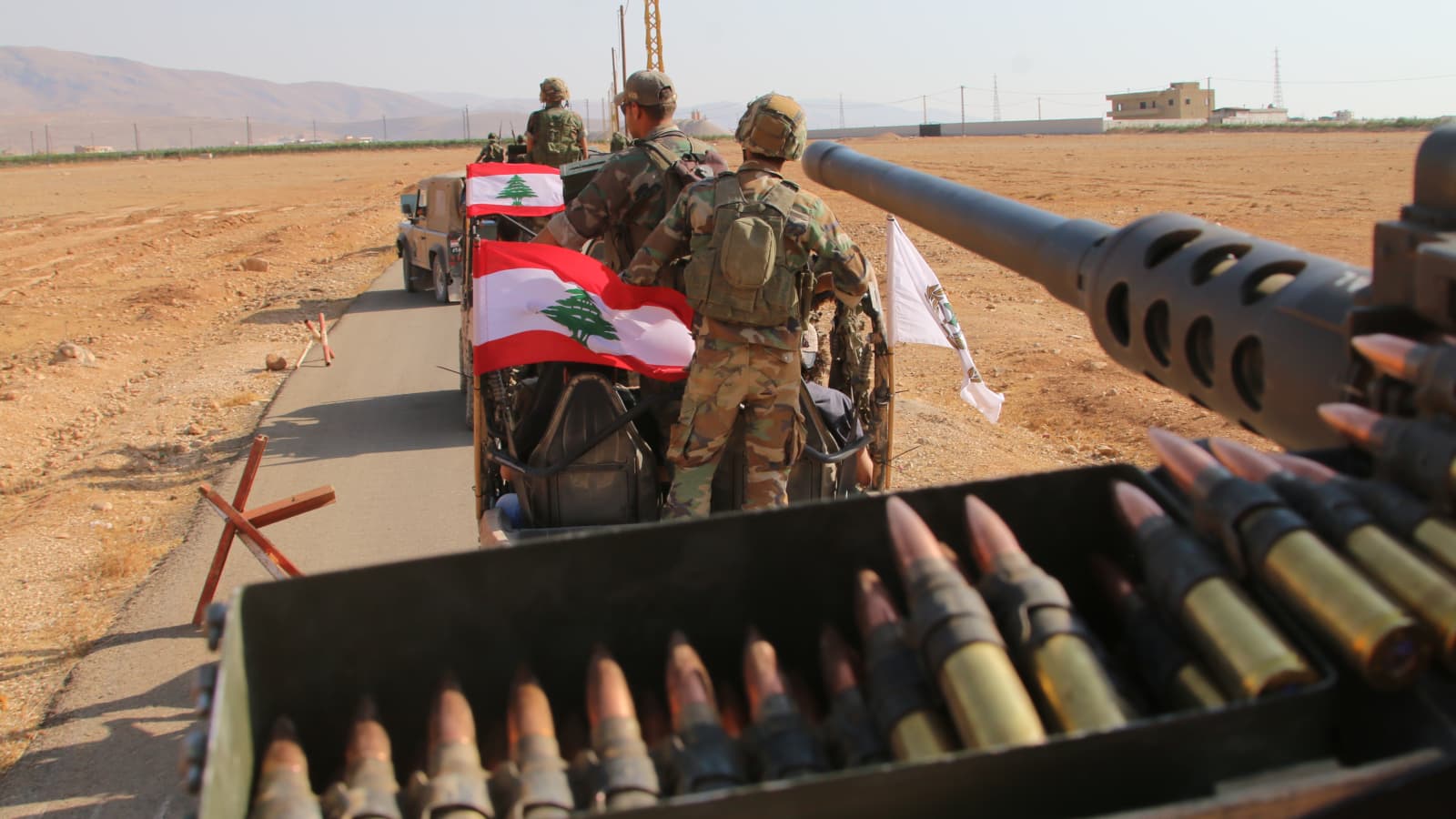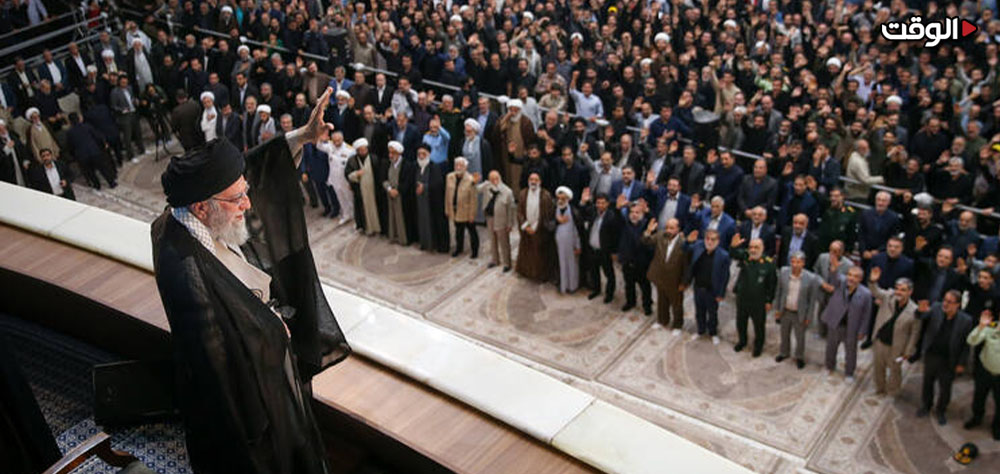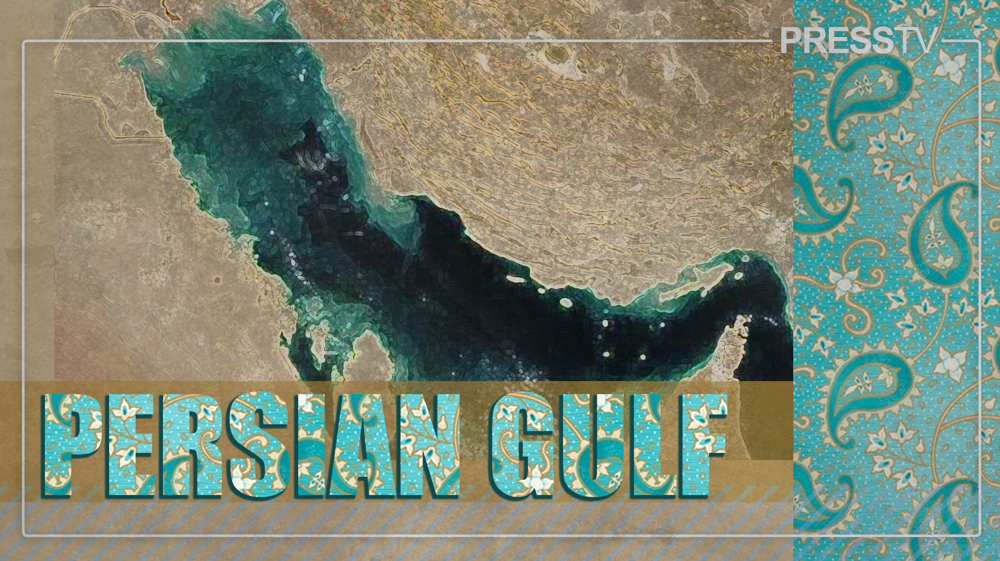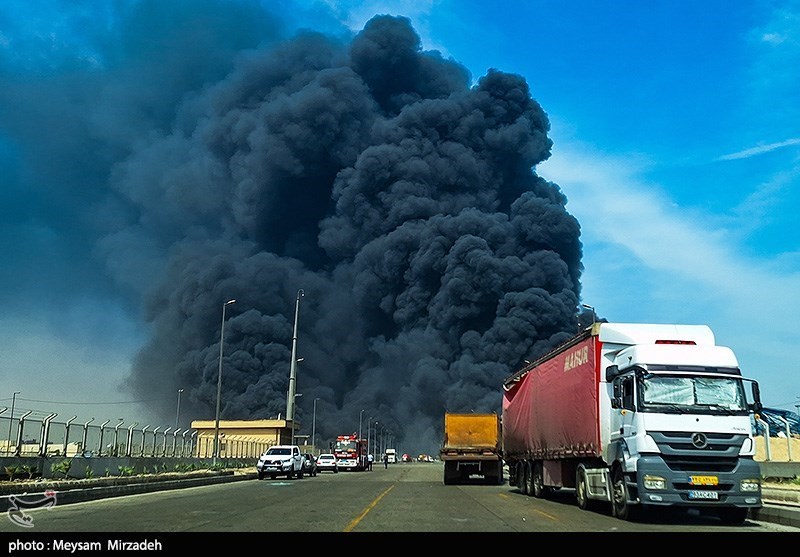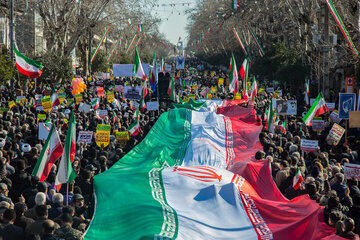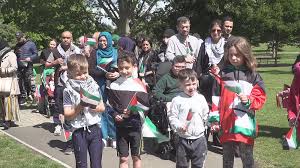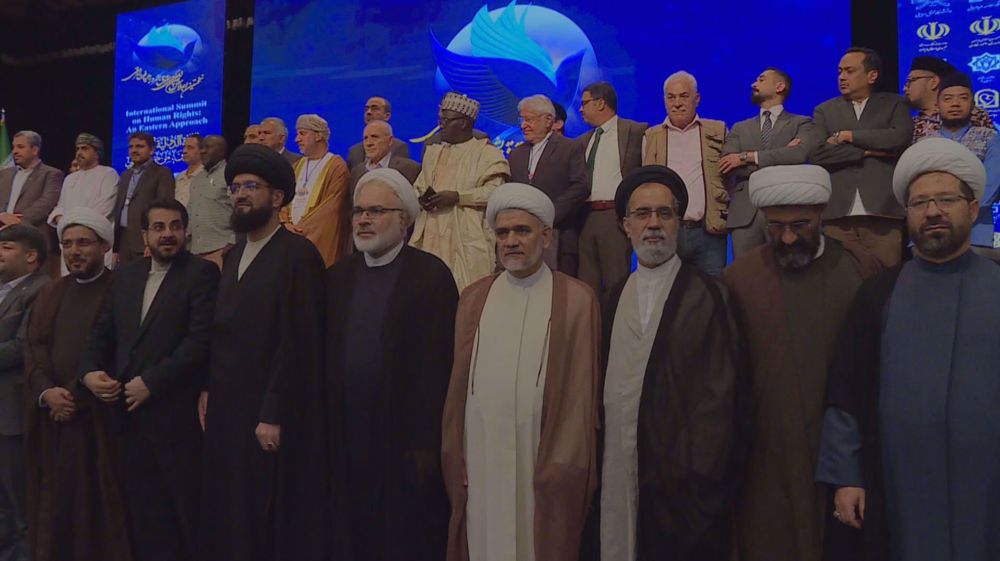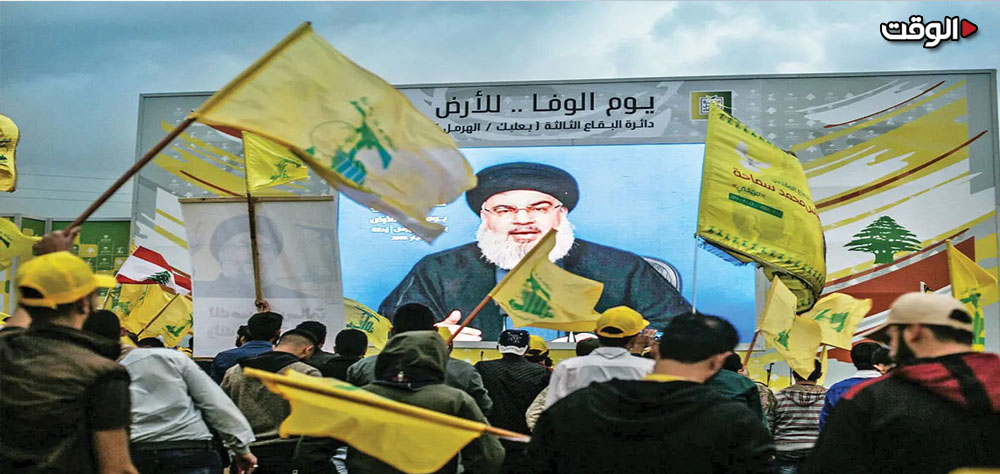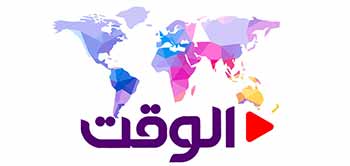Alwaght- The Lebanese government's deadline for Hezbollah to disarm is ending and this is leaving the army facing the hard job of restricting the arms to the government amid the American pressure and Hezbollah's insistence on keeping its weapons to counter the Israeli aggression.
On August 5, Prime Minister Nawaf Salam approved the disarmament of Hezbollah resolution despite firm objection from ministers affiliates with Hezbollah and the allied Amal Movement. According to the resolution, the army has to conclude disarming the resistance factions before end of this year.
In its initial phase on August 21st, the Lebanese army, acting on its new plan, took in weapons from Palestinian groups at the Burj al-Barajneh camp in southern Beirut. The operation then moved on to the Rashidieh, Al-Bass, and Burj al-Shamali camps in the southern city of Tyre, reported official Lebanese news agency.
However, Hezbollah, the primary target of the move, has pushed back against the pressure and turned down the US-backed plan. The movement's Secretary-General Naim Qassem put out a series of statements, warning: "Anyone who calls for handing over the weapons, whether domestic or foreign, Arab or international, regardless of their name or position, is serving Israel’s project... The Lebanese government is carrying out an American-Israeli order to end the resistance, even if it leads to civil war and internal strife, and it bears responsibility for any conflict outburst and any destruction that befalls Lebanon.”
The discourse from Hezbollah's leaders, from Naim Qassem to MPs in the Loyalty to the Resistance parliamentary bloc, reveals a deeply held belief that their weapons are an existential guarantee for the Shia sect. In this context, phrases like “handing over weapons is suicide” or “surrendering our honor” are repeatedly brought up, framing arms as the dividing line between life and death for the Shia community. They point to the fates of the Alawites in coastal Syria and the Druze in Sweida as cautionary examples.
The government is aware that any attempt to forcibly disarm Hezbollah could set off a civil war. Therefore, despite its strong rhetoric, the state does not appear ready to push the country toward an open confrontation. Accordingly, it has tasked the army with drawing up a disarmament plan and has left the door open for negotiations with Hezbollah and the Amal Movement regarding the timeline and mechanisms.
The US pressure: between carrot and stick
As the main motivator of this plan, the US sees the current period as the golden chance for transforming Lebanon's political outlook and isolating Hezbollah ad Hezbollah lost its effective leader Sayyed Hassan Nasrallah and part of its command body and Lebanon desperately needs reconstruction.
In this context, Thomas Barrack, the US Special Envoy to Syria and Lebanon—who succeeded Morgan Ortagas—is seen as the architect of Washington’s new roadmap for Lebanon, having introduced a four-stage initiative.
Barrack brought three documents to Beirut that formed the basis of the new American strategy for Lebanon. These documents focused on the disarmament of Hezbollah according to a specific and binding timeline, the dismantling of its financial arm, Al-Qard Al-Hasan credit institute, and the immediate disarmament of Palestinian camps—all under the banner of restricting arms to the state.
The most significant document the US diplomat presented to the Lebanese government in June 2025 was titled the “American Document for Guaranteeing the Sustainability of the Truce.” It was discussed during a Lebanese cabinet meeting on August 5 and approved in another session two days later.
The plan obligated the Lebanese government to draw up a timeline for Hezbollah's disarmament, starting within 15 to 60 days with the confiscation of precision-guided missiles, drones, and surface-to-air missiles, then gradually moving toward mid-range weapons, including mortars, hand grenades, and explosives.
In return, the document stipulated that the Israeli army must begin a gradual withdrawal from five occupied points in southern Lebanon on the 45th day and halt airstrikes.
Barrack pursued these demands with threats of external pressure on the Lebanese government. He publicly warned that any delay in implementing these demands would lead to the suspension of international support and cut off reconstruction aid to Lebanon. He noted that Israel would be given a free hand in Lebanon and emphasized that US-Israeli negotiations over ceasefire arrangements would be completely halted unless Beirut showed tangible progress.
Thus, Barrack's documents amounted to what resembles an ultimatum: either pursue the path of disarming Hezbollah, or face financial and international pressure along with continued and escalating aggression from the Israeli regime.
Yet, despite the cabinet’s approval of the US-backed bill, the disarmament process is not advancing as Washington had expected or demanded.
Al-Akhbar newspaper, citing informed sources, recently reported that the Americans, having realized that the Lebanese army lacks the capability to execute the disarming plan, have suggested that the US provide the army with intelligence on Hezbollah's headquarters in every region. Some members of the American delegation even proposed the possibility of sharing Israeli intelligence with the Lebanese army, accompanied by drones from the regime to identify targets that should be raided by the army.
This report was published one day after the office of Benjamin Netanyahu claimed that if Beirut takes the "necessary steps" to disarm Hezbollah, Tel Aviv would reduce its occupation of areas in southern Lebanon.
According to this report, the US believes that disarming the resistance movement must be done gradually, by separating Shia-majority areas from other regions.
The report adds that officials who have met with the American delegation have concluded that the US has a detailed, region-by-region plan for disarming the resistance.
According to this plan, the report continues, Shia-majority areas will first be separated from other parts of Lebanon. The Lebanese army will then deploy throughout these areas and disarm them. In the next stage, Beirut and its southern suburbs will be disarmed, followed finally by the Beqaa Valley and the south.
The plan is said to encompass five regions in Lebanon: the area south of the Litani River, the area north of the Litani River, the southern suburbs of Beirut and its surroundings, the Beqaa Valley in eastern Lebanon, and areas that Hezbollah has used as weapon and missile depots or as military gathering points.
Army worried about civil war
As much as the government of President Joseph Aoun, under the US pressures, has turned a deaf ear to the warnings by the observers about dangers of disarming Hezbollah and the future challenges to national security, the army commanders have moved a path different from the government and have serious worries about possible civil war.
Al-Akhbar recently reported that Commander of the Lebanese Army, General Rodolphe Haykal felt alarmed by the remarks of the US delegation in Beirut and the implications of their demands.
Haykal has informed Lebanese officials that if certain parties seek to have Lebanese blood spilled by the army's hand, he would prefer to step down from his command.
According to information received by entities involved in this case, the army's command—including the General Staff, intelligence, national security, and regional and brigade commanders—have declared their opposition to drafting an operational plan or timeline for disarming Hezbollah.
In his meetings with all of Lebanon's political leaders, including Hezbollah, Haykal has tried to emphasize that no confrontation will occur between the army and the resistance movement.
These positions indicate that the army, which has always maintained a good relationship with Hezbollah and does not view the weapons of the resistance as an obstacle to its own capabilities and duties in defending the borders, is deeply concerned about the country's political and security outlook. It is caught between a government and political forces that claim to strengthen the state's image and sovereignty but see this decision as an opportunity to disrupt the political balance in their favor, and a movement that views its weapons as an existential guarantee that cannot be relinquished.
On the other hand, the cohesion and unity of the army would be severely compromised if Lebanon were to plunge into internal conflict, and sectarian tensions would inevitably break its ranks.
Lebanon is a country with a sectarian structure, and its army echoes this ethno-religious diversity. Its forces are a mix of Shia, Sunni, Christian, and Druze. This composition is superficially a sign of national unity, but in critical moments, it can become the army's Achilles' heel.
The army's Shia part would not fight Hezbollah and even other religious and sectarian parts would not join an anti-Hezbollah position due to their anti-Israeli views.
This situation can simply reduce the army from a national institute to a fractured and hostile force, like the civil war of 1975-1990.
Actually, failing to account for Lebanon's fragile internal balance risks triggering a chaos that would ultimately harm the army itself.
Moreover, the army has consistently viewed Israel as the country's primary enemy and a threat to its security and territorial integrity. It does not accept the claims of Western and Arab politicians and internal officials that the threat from Tel Aviv would vanish if Hezbollah is disarmed—especially in the absence of guarantees for a massive military buildup sufficient to deter the Israeli regime, something to which both the Israelis and Americans would never agree.
While pressure on the resistance movement is mounting, Israel continues to violate the February ceasefire on a daily basis, carrying out airstrikes in southern Lebanon. Furthermore, Tel Aviv has refused to withdraw from the five occupied points in southern Lebanon.
The situation in Syria also remains unstable, and the region could descend into full-blown chaos. There are also fears over signals from Barrack regarding the potential annexation of Lebanon to a "new Syria"—especially as Israel is simultaneously attempting to annex large parts of southern Syria and impose a formula that would demilitarize an area from southern Damascus to the Golan Heights.
Therefore, General Haykal’s statements should be seen as a strategic warning: the army must not serve as a currency for a new civil war in Lebanon.
In a related development, political analyst Mohamed Hamieh, in an interview with Turkey’s Anadolu News Agency, dismissed the possibility that the Lebanese army would take risks or shoulder responsibility for what he described as the Lebanese government’s "arbitrary" decision, made under foreign pressure and interference.
Hamieh added: "The army’s plan involves enhancing its capabilities, enabling it to enforce a monopoly on arms across Lebanese territory, protecting borders and national sovereignty, and confronting threats from Israel as well as those emanating from its eastern and northern borders."
Berri backs Hezbollah
Like the army chief, the speaker of the parliament and head of Amal Movement Nabih Berri said thar any debate on Hezbollah's army's should be tied to Israel exit from occupied Lebanese territories and done within a purely Lebanese national dialogue away from foreign pressure.
This convergence of stances between the army chief and Shia leaders shows that the US push to create a gap in Lebanon's military and political structures is meeting its failure.

